
Menu
Close
Close

While memories of the historic sesquicentennial anniversary festivities will fade, the lasting effect of the inspiring lessons revealed during the celebration lives on through a series of gifts, which span a wide array of mediums providing educational opportunities for generations to come.
The following outdoor art pieces in Box Elder County are designed to teach, inspire, and enhance the natural environment. The very nature of these pieces makes them accessible to all visitors. Whether you only have time for a quick stop or have time to linger, these interesting art installations are a visit.
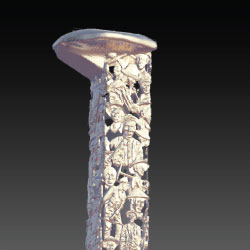
GOLDEN SPIKE STATE MONUMENT, INTERSTATE 15, OFF OF EXIT 363
An iconic legacy piece of Spike 150 will be the 43’ tall Golden Spike Monument by artist Douwe Blumberg. The monument will celebrate the power and diversity of those whose labor contributed to the transcontinental railroad. The clean, simple and elegant design is meant to be both large and impressive from a distance and also an intimate experience up close. The hand sculpted bas reliefs will cover all four sides of the spike and incorporate portraits and scenes of those who worked on and were impacted by the railroad.
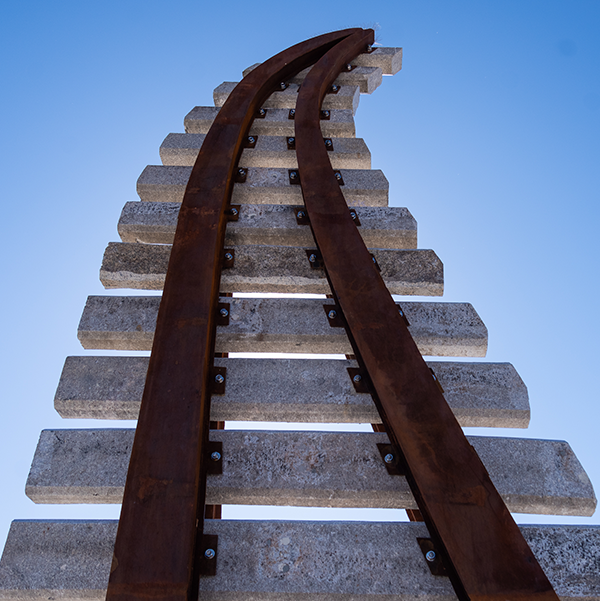
GOLDEN SPIKE NATIONAL HISTORICAL PARK
From the Golden Spike National Historical Park visitor center, Averbuch’s work is dedicated to the unsung laborers of the transcontinental railroad. Installed in June 2022, the piece rises and curves to the right, visually crossing the plains mountains on a viewer’s journey to the unknown. Much like the story of the transcontinental railroad, the piece encourages viewers to think critically, and with emotion, about the complex history and its implications for the primarily immigrant labor force involved in its construction.
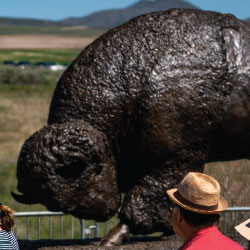
GOLDEN SPIKE NATIONAL HISTORICAL PARK
A majestic, life-sized bison sculpture gazes across lands where wild bison once roamed. The 3,000-pound bronze sculpture site is adjacent to the Golden Spike National Historical Park visitor center and is a tribute to the powerful forces that united east and west by rail. The sculpture serves as a reminder for future generations to honor and respect the history before the railroad and to understand the impact on Native American populations and the natural world.
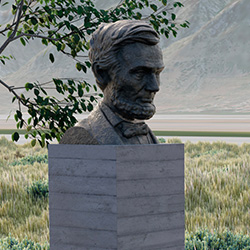
GOLDEN SPIKE STATE MONUMENT, INTERSTATE 15, OFF OF EXIT 363
As early as the 1830s, the United States began exploring building a railroad to connect the country. With President Lincoln’s signature, the 1862 Pacific Railway Act dictated that the 41st Parallel or Central Route was the preferred transcontinental railroad route and paved the way to aid in its construction. To honor President Lincoln’s legacy with the transcontinental railroad, in 2022, the GSF commissioned Daniel J. Fairbanks, the great-grandson of renowned Utah painter John Fairbanks and grandson of sculptor Avard Fairbanks, to create a bust of President Abraham Lincoln. The sculpture will reside at Golden Spike State Monument; its position will serve as a gateway for the trails within the park.
The As One musical premiered at the sesquicentennial celebration. The music is about railroad workers who built the first transcontinental railroad and connected the nation.
Produced, engineered and mixed by Randy Slaugh, mastered by Ken Dudley at Cottonwood Studios, vocals by Noah Patten & Aitana Alapa, written by Steven Nelson
Driving of the Spike playlist (Spotify)
Listen to the 2019 As One soundtracks to understand this inspirational story.
As One Opener Ringing In Our Ears Blowing Off Steam Stories As One Reprise

The joining of the rails at Promontory Summit on May 10, 1869, marked the beginning of a new era for the nation, the West, and Utah. Explore teaching resources developed by the Utah State Board of Education and the Utah Education Network about the transcontinental railroad. Explore the rich history and the many ways the railroad transformed life in Utah and across the United States.

Spike 150 Reading List
The Utah State Library Division works to develop, advance, and promote library services and equal access to information and library resources to all Utah residents. As part of the 150th anniversary of the completion of the Transcontinental Railroad, the Utah State Library Division developed a library reading list and toolkit with books, banners, bookmarks, and pencils. Find these resources at a participating library below.
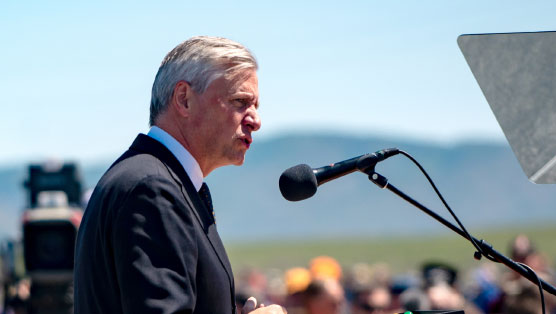
Jon Meacham’s Speech
Pulitzer Prize-winning author and historian Jon Meacham gave a heartfelt and captivating speech that inspired the crowd and moved some to tears.
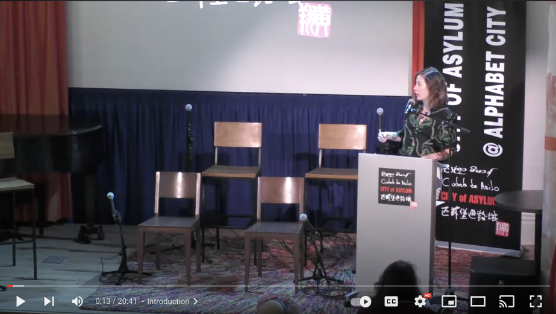
West: A Translation’ by Utah Poet Laureate, Pailsey Rekdal
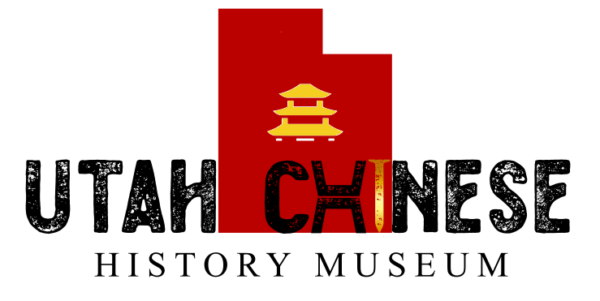
Utah Chinese History Museum
Chinese immigrants settled in Utah as early as 1858, a remarkable 11 years before the transcontinental railroad’s completion in 1869. Throughout the late 1800s and early 1900s, Chinese communities thrived across Utah.
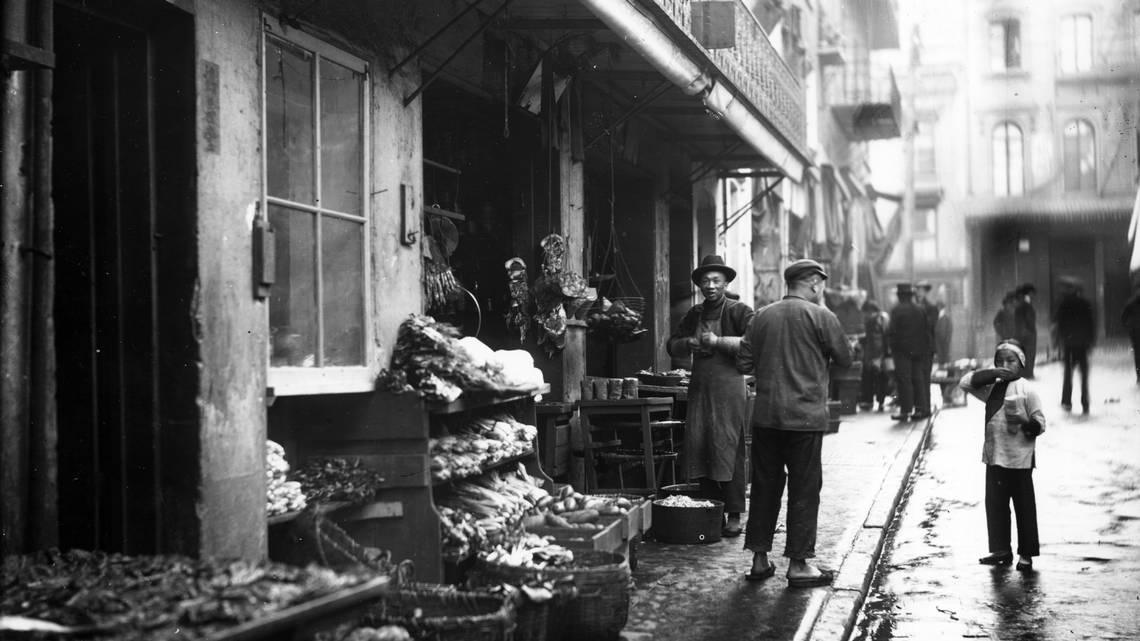
“Asian Americans” Documentary
Coinciding with May being Asian Pacific American Heritage Month, PBS launched a documentary titled “Asian Americans.” Told through individual lives and personal histories, the five-hour, three-episode series walks through Asian American history and how this group shapes America.

Free downloadable audio tours of Historic Ogden!
To celebrate the 150th anniversary of the Transcontinental Railroad, What’sHerName Podcast has created two free downloadable audio tours of historic Ogden, Utah, in cooperation with the Weber County Heritage Foundation, Union Station, and the Weber State University Special Collections.

‘Ride The Rails’ – A UPR Original Documentary Premieres May 10
Tune in to Utah Public Radio on May 10 – the 150th anniversary of the completion of the Transcontinental Railroad – for the premiere of the UPR original documentary “Ride The Rails: A Storytelling Exploration Uncovering The Forgotten Stories Of The Early Railroad.”
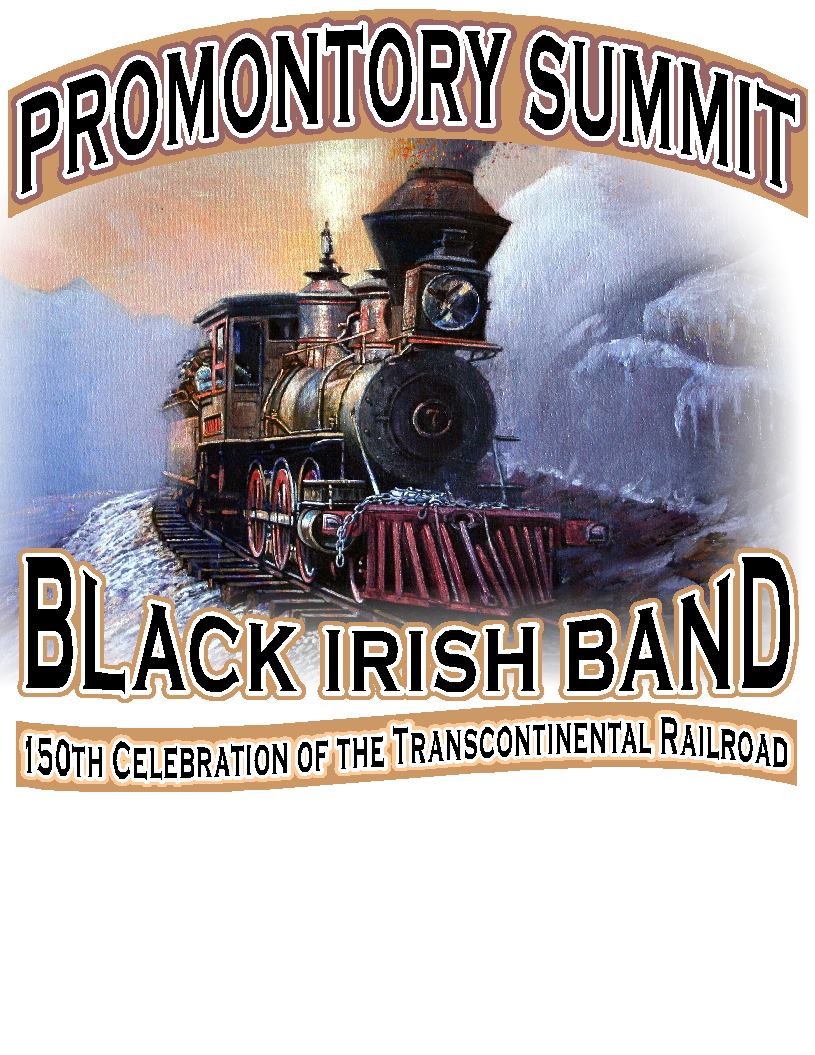
“Promontory Summit” – Black Irish Band
“Promontory Summit” – a new original song from the Black Irish Band. On their new 27th CD of the same name. The band will be performing at the 150th year celebration of the Golden Spike at Promontory Summit, Utah- May 10th, 2019

Promontory
This television documentary tells the detailed story of what it took to complete the world’s largest transcontinental railroad, the people who made it all possible, and how it redefined both the nation and the state of Utah.

American Experience – Transcontinental Railroad
The Transcontinental Railroad explores the events, ideas, and people that contributed to the railroad –– one of the greatest engineering feats of the nineteenth century –– before, during, and after construction.
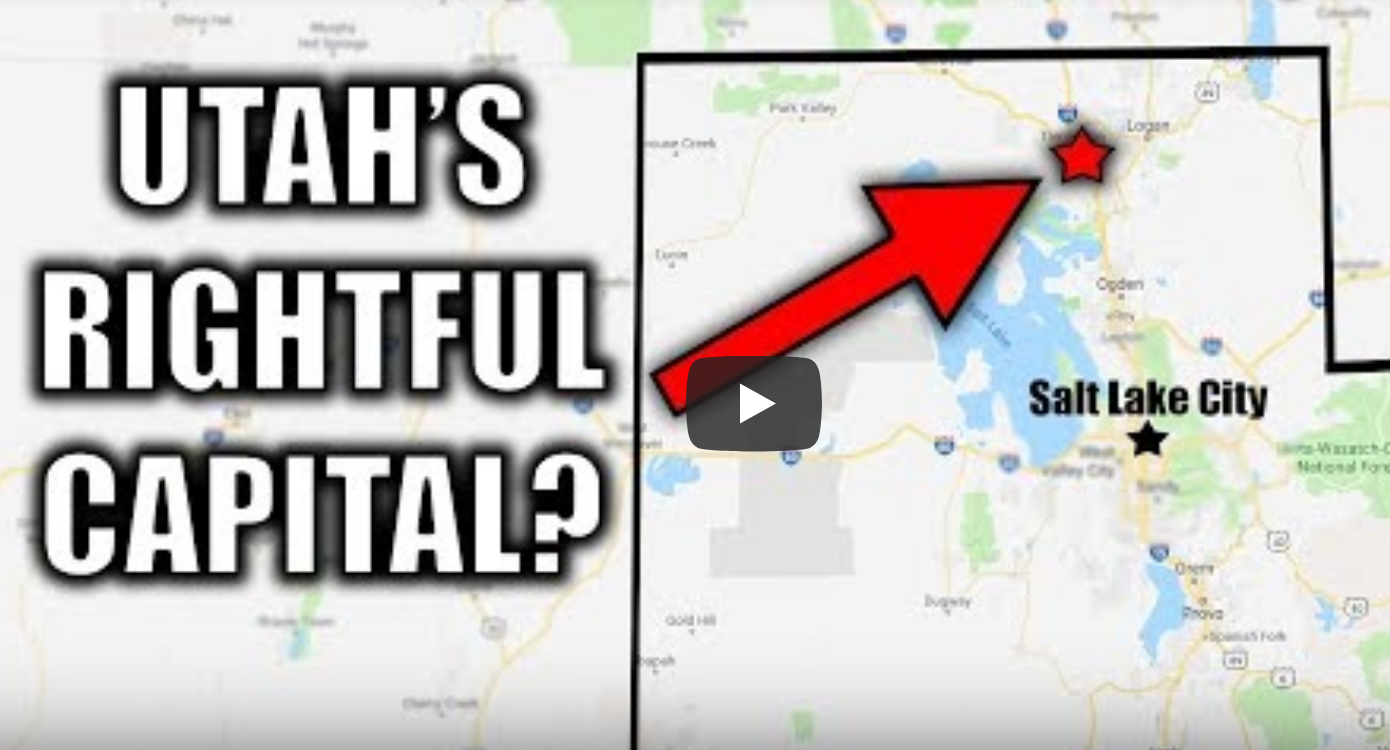
The transcontinental railroad almost moved Utah’s capital
Craig Palsson, Assistant Professor of Economics in the Jon M. Huntsman School of Business at Utah State University, explores the transcontinental railroad. In 1869, the transcontinental railroad was completed in Utah. Instead of going through Salt Lake City, the railroad went above the Great Salt Lake. For a moment, Utah settlers thought the capital would move north. How did Salt Lake City stay the capital?

Union Pacific Steam Club
Join the Union Pacific Steam Club to get the latest news and scheduling information about Union Pacific’s legendary steam train program! You’ll get notifications of all No. 844 and No. 4014 train schedules, tour stops and other excursion-related activities.

Union Pacific Race to Promontory
Read and interact with the history of the Transcontinental Railroad and the United States.
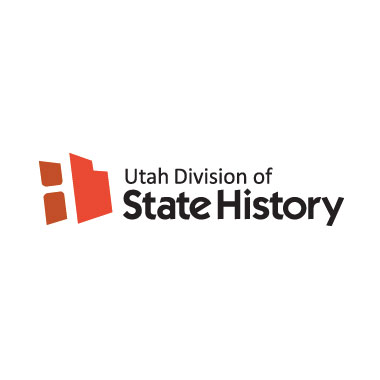
Transcontinental Railroad Story Map
Created by the Utah Division of State History Antiquities program, this story map offers historical context on how the construction of the railroad was such a watershed event for Utah and the American West. Produced in partnership with Spike 150.

Utah Historic Quarterly
Read more about the history of the Transcontinental Railroad and when it was completed.
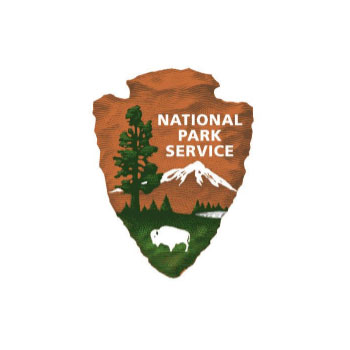
Golden Spike National Historical Park
More information about the Golden Spike and upcoming events at the park.

Library of Congress
Explore the history of the Transcontinental Railroad with pictures and other resources from the Library of Congress.

H.R. 5751 and 2. 2831 Golden Spike 150th Anniversary Act
Read more about the Golden Spike 150th Anniversary Act and what it means for the future of the railroad.

Daughters of the Utah Pioneers
Learn more about Utah, the home of the Golden Spike, and its founders.
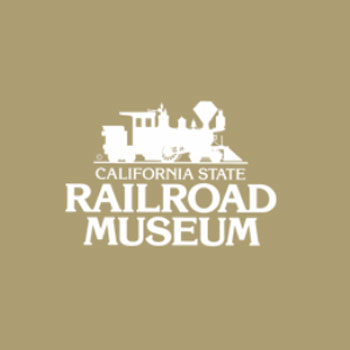
California Railway Museum
Want to know more about the history of railroads in California and the entire West?

California State Library
Want to learn more about railroads but don’t know where to start? This research guide provides helpful information and resources.

Huntington Library
Read more about the creation of the Transcontinental Railroad and what it meant for the future of America.

Colorado Railroad Museum
For more information about the history of railroads in the West, visit the Colorado Railroad Museum website.

Economic Development Corporation of Utah
Interested in how Utah is preparing for the 150th anniversary of the Transcontinental Railroad?
